
An entirely personal take by one teenager's visit to the landmark musical Follies the day before it opened — fifty years ago today.
I think it's fair to state that Follies is the most discussed Broadway musical of all time. Ever since it premiered in 1971, there has been a pronounced inability to agree over whether it succeeded at what it so boldly attempted or fell short of its mark. There is also a widely held belief that, for a multitude of reasons, its original production will never be topped due to budget, casting and an audience's hold on what that kind of nostalgia for the 30s and 40s meant in the 1970s. To address its flaws, it hasn't been rewritten over the years as extensively as another of Sondheim's controversial shows, Merrily We Roll Along, but it was toyed with extensively by its creators in a 1987 London version that once it was mounted and reviewed had them go back to the original for all its licensing purposes. When Follies was last revived on Broadway in 2011, it was virtually the 1971 version with a new cast and staging. And critics and audiences were still at odds over what worked and didn't — but always (and I mean ALWAYS) express gratefulness when there's a Follies on the boards. For a Sondheim score it is only surpassed (in my opinion) by his Sweeney Todd in sweep and scope and ambition, even though the score of his I listen to more than any other is A Little Night Music, though maybe that's just because I'm a sucker for a waltz.
If arguably Sondheim's greatest score, it's certainly his most varied in how he went about composing it, half of which is pastiche to the great composers between the wars. But it is James Goldman's virtually plotless book that has been fairly or unfairly maligned over the years. The general consensus is that it is not up to the other elements that made Follies so monumental. After all, its score, direction, choreography, scenic design, lighting and costumes all won Tonys, with the glaring exception being Goldman's book. And that lack of respect has been something which Sondheim has always vociferously disagreed. Only a month after Follies opened, he gave a lecture on the art of theatre lyrics at the 92nd Street Y in front of an audience of 800 people. Proclaiming at the start to have never delivered a talk before, he says that he was under the misapprehension when he accepted that it was to be a Q & A. Lucky for all, the two-hour talk was recorded and is available here).
Towards the end of it, Sondheim took the time to address the criticism of Goldman's book. "It always annoys me deeply (and I'd like to use language stronger than that), when I read those reviews that we've gotten a lot of just now for 'Follies' that say "the show was good in spite of the book." No, the show is good because of the book. For example, people think that the book is the dialogue. It isn't at all. It's the scheme of the show. It's the way the songs and the book work together."
In addition to the craftsmanship of Sondheim and Goldman, there was the depth and breadth of the co-direction of Harold Prince and Michael Bennett, with staging that was nothing short of miraculous (not to mention Bennett's superb choreography). As I had already seen Company a year before, which was groundbreaking in ways that it would take an additional column to enumerate, Follies was highly anticipated. When it went into previews on Broadway in late March of 1971, I was fourteen years-old (which means yes, I saw Company at thirteen) and I was excited. For unlike most fourteen year-olds, I had already seen more than one hundred Broadway shows. That's because it was my hobby, my pleasure, and my privilege to have been attending shows regularly since the age of twelve from my Long Island home of Great Neck, coming into Manhattan and sitting up in the cheap seats weekly, usually at the average price of around $3.

Funnily enough, for Follies, I bought a $6 seat — at the time, the most I ever paid for a show. Why? Well, with fifty years in the rear view mirror it's not easy to recall the specifics, though it's possible I leaped at the chance to sit in a better seat for only $1 more. And it must be pointed out that $5 was steep for the cheapest ticket at a Saturday matinee in 1971. The season's biggest hit No, No, Nanette had opened in January and was charging $5 for the last row as well, but I got around that by attending a Wednesday matinee and paying only $3 (listen, I was on a strict budget). And though Follies was offering a preview matinee for $4 on Wednesday afternoons, it would have entailed taking a day off from school, and late March and early April didn't provide a holiday for that as Nanette did in February (all this stuff was carefully plotted by me back in the day, as you can tell). The theatre where Follies was playing is probably the reason I went for the better seat. My three previous visits to the Winter Garden were all in the cheapest seats (one word titled musicals just like Follies: Mame, Jimmy and Georgy), and if you have ever had the misfortune to be seated upstairs on the side it's not an ideal experience (the Winter Garden is WIDE!). Much of the time it affords you the chance to watch a lot of stage hands backstage at work (or at leisure).


So, I went with a $6 seat that put me close to dead center in the third to last row, a perfect place to watch the musical drama unfold. For the most part, the show was about movement in the shadows; blackness the major color to offset the reds and blues of some of the costumes worn by the attendees of the final night on the stage of the Weissman Theatre. Ghosts of showgirls towered over the smaller leading principals, drifting in and out of the action, even dwarfing the six foot John McMartin with their enormous head pieces. Of course, there is the moment very late in the show, when the stage plunges into darkness and transforms itself to one of opulence and glorious color: a cacophony of noise and music, the Follies part of Follies where we enter the heads of its four leads, acting out their inner troubles and desires in musical solos and dance. Genius. That initial sequence, "Loveland," is even available now, a half a century later, to view on YouTube with the aid of kind preservationists who have culled scraps and recordings to allow a glimpse of what it all looked and sounded like:
And what did a fourteen year old make of this very adult musical? It pains me to write this, but I was more impressed by the spectacle. Upon first viewing, I didn't have much patience for the intricacies of the four main characters' issues. After all, what did I know about middle-age angst? I wish I had been a bit more sophisticated, but I was a teenager from Long Island and (I thought) my parents were happily married. As Tony Soprano would often say, "Whaddya gonna do?"
Here's a regrettable, but pretty hilarious quote from the review I wrote fifty years ago when I went home that afternoon and preserved it for history:

"Some" good numbers. Good grief! I barely redeem myself with my final line which was "Follies is a very good show." So, at least I liked it. But let's face it: the sharpness of the manner in which the show hit its targets went over my head.
But memories? I'll never forget the spectacle of "Beautiful Girls;" the deft staging of "Waiting for the Girls;" the brilliance of Ethel Shutta's unimaginably authentic "Broadway Baby;" Gene Nelson thrillingly dance "The Right Girl" or strut about the stage in the car he wore around his waist in "Buddy's Blues." Or for that matter, the indomitable Mary McCarty singing "Who's That Woman?," which for many is the apotheosis of what made Follies so inventive and unique. And don't get me started on not knowing what was happening when John McMartin (apparently) went up on his lyrics during "Live, Laugh, Love."

For the most comprehensive look at how Follies came to be, Ted Chapin's indispensable memoir Everything Was Possible is a must-read. He was an unpaid assistant on the original production and he kept a diary (bless him). It's everything and more than you could possible want (and it's well written, too). In tomorrow's New York Times a two-page spread is devoted to this anniversary in its Arts & Leisure section (like Follies, a ghost of its former self these days due to lack of advertising for the theatre for nearly fourteen months now). I urge you to check out the well-written essays by critics Ben Brantley and Jesse Green.

In "One More Kiss," an achingly beautiful song Sondheim wrote for Follies, the character sings "All things beautiful must die." Yet this original production will never die and subsequent revivals will forever have to contend with its shadow. Though it may have lost $800,000 it has remained a priceless memory for all fortunate enough to have seen it fifty years ago.
If you enjoy these columns, check out Up in the Cheap Seats: A Historical Memoir of Broadway, available at Amazon.com in hardcover, softcover and e-book. And please feel free to email me with comments or questions at Ron@ronfassler.org.

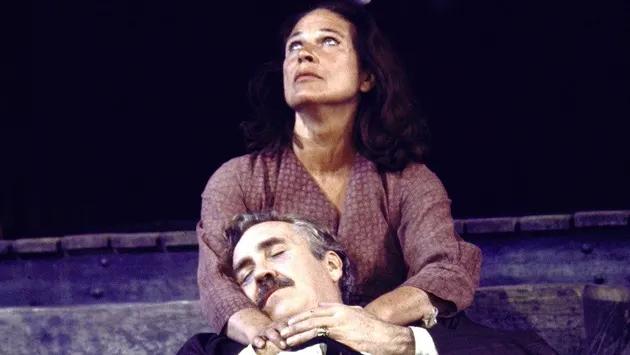
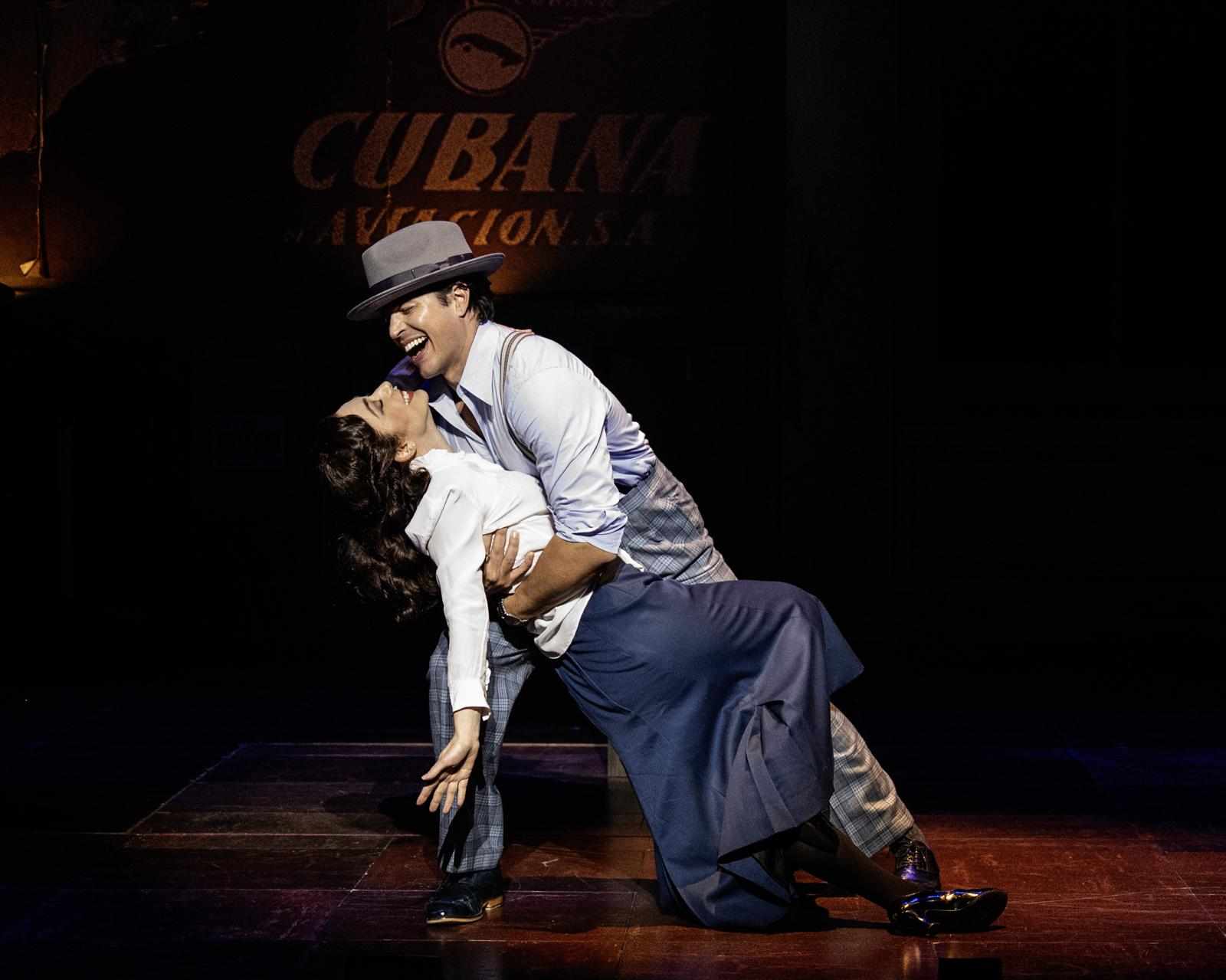
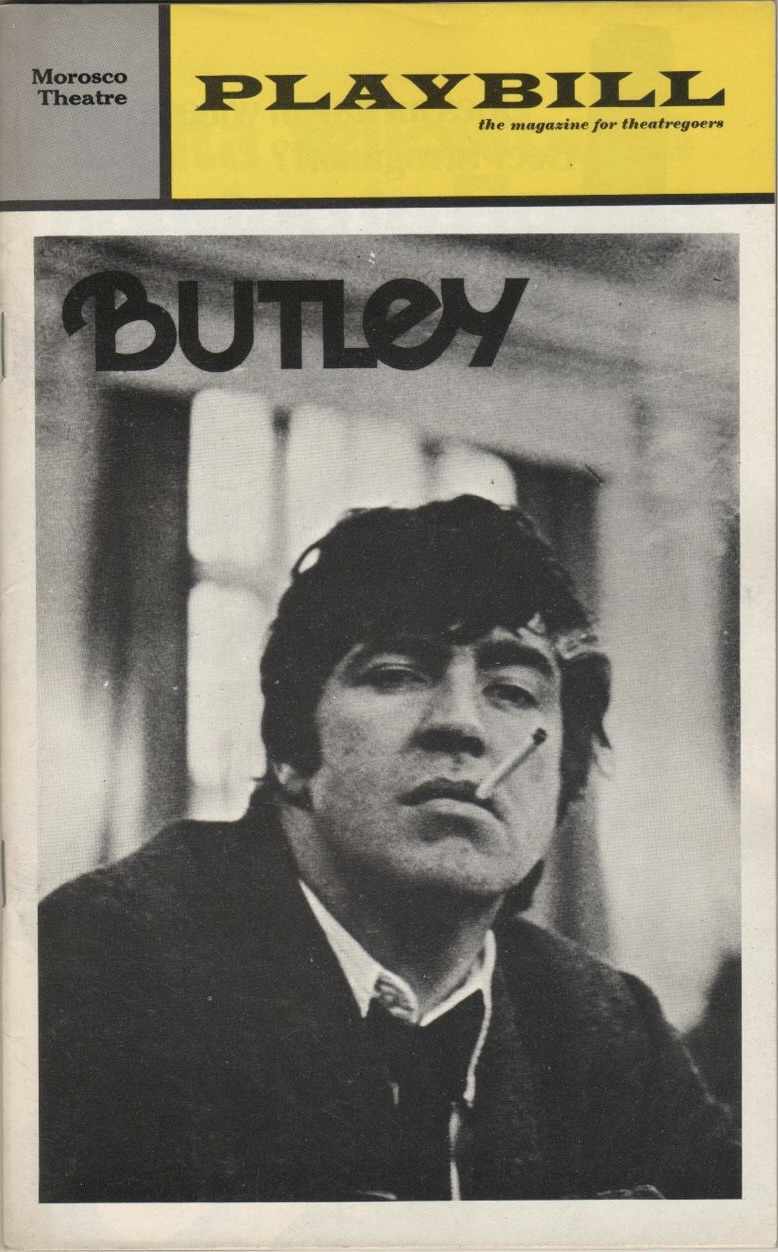
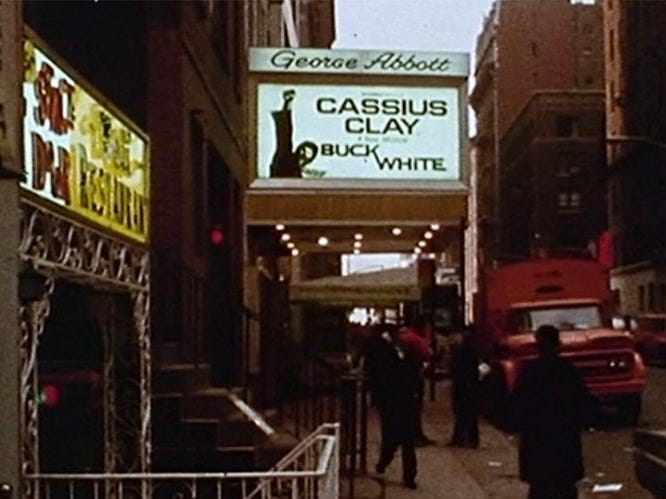

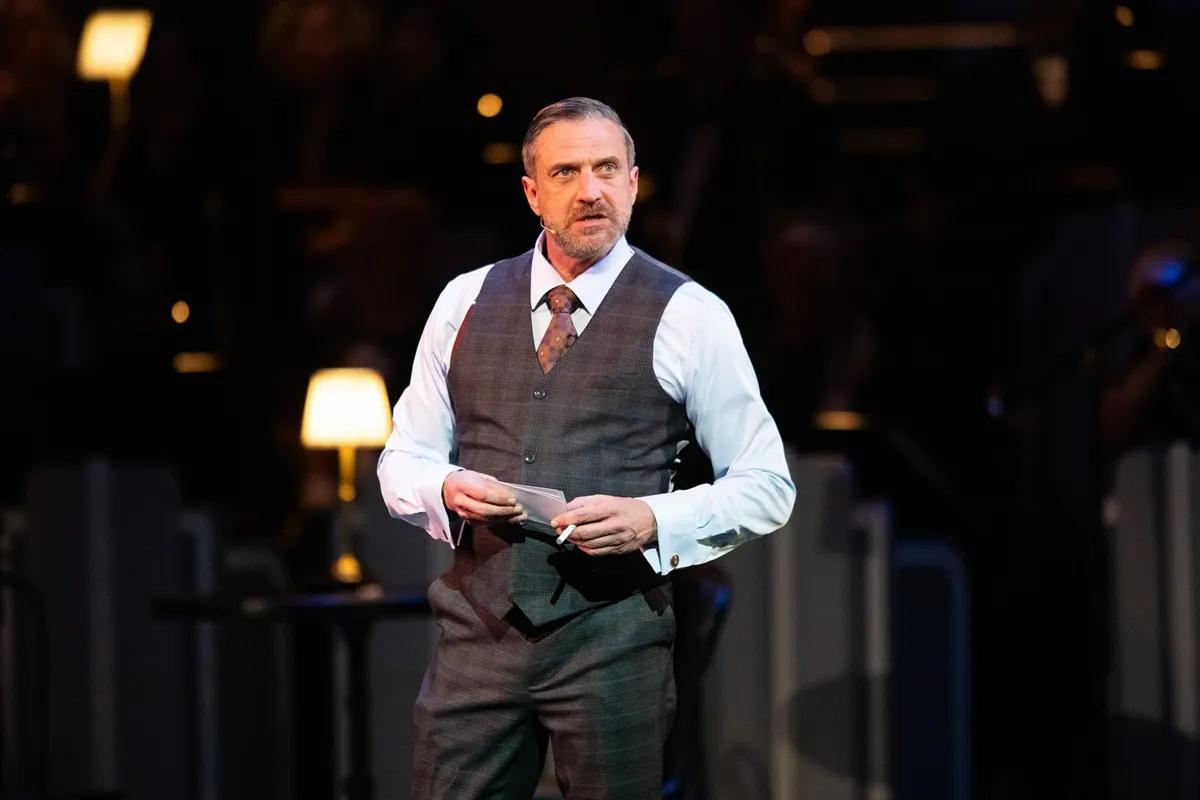
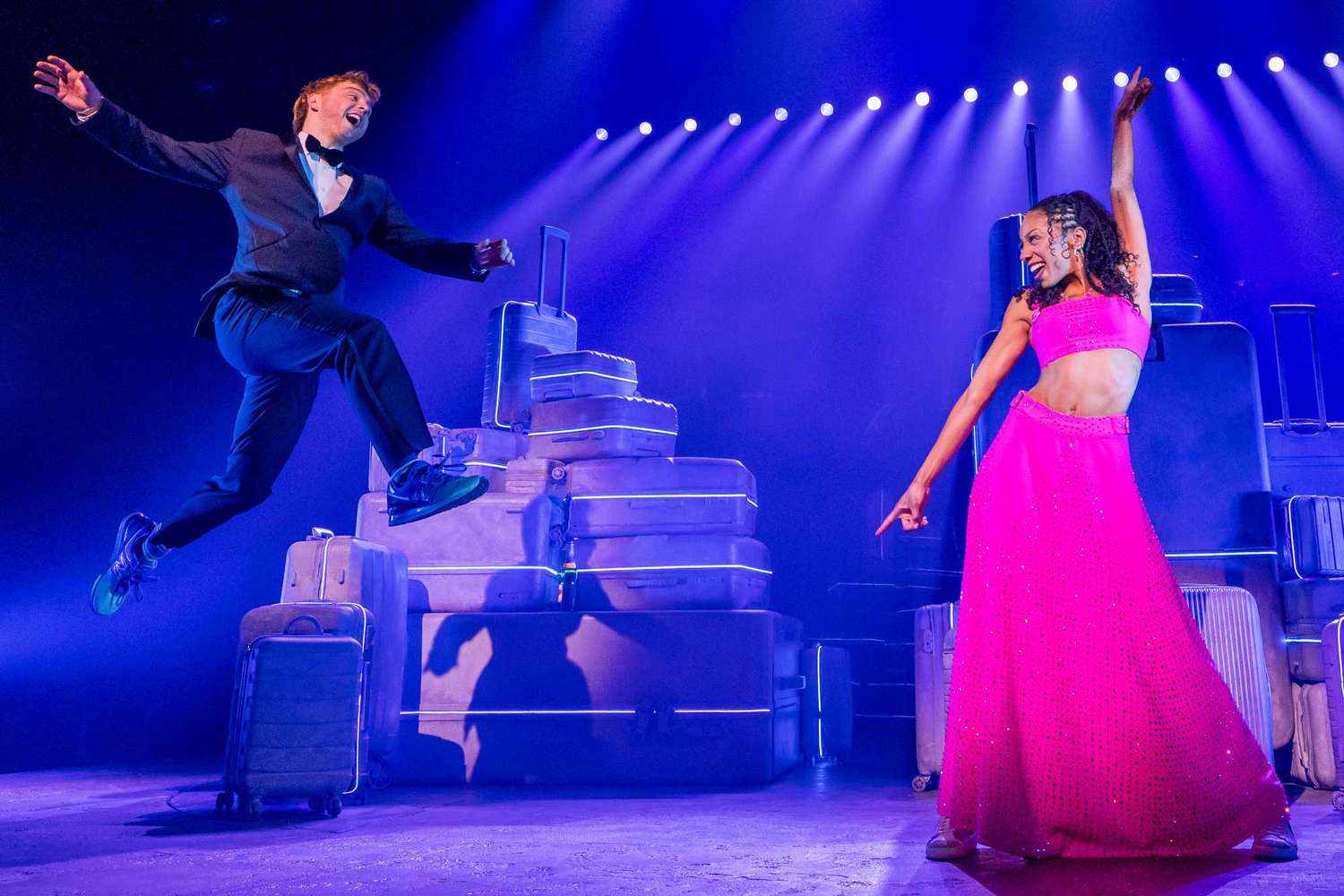
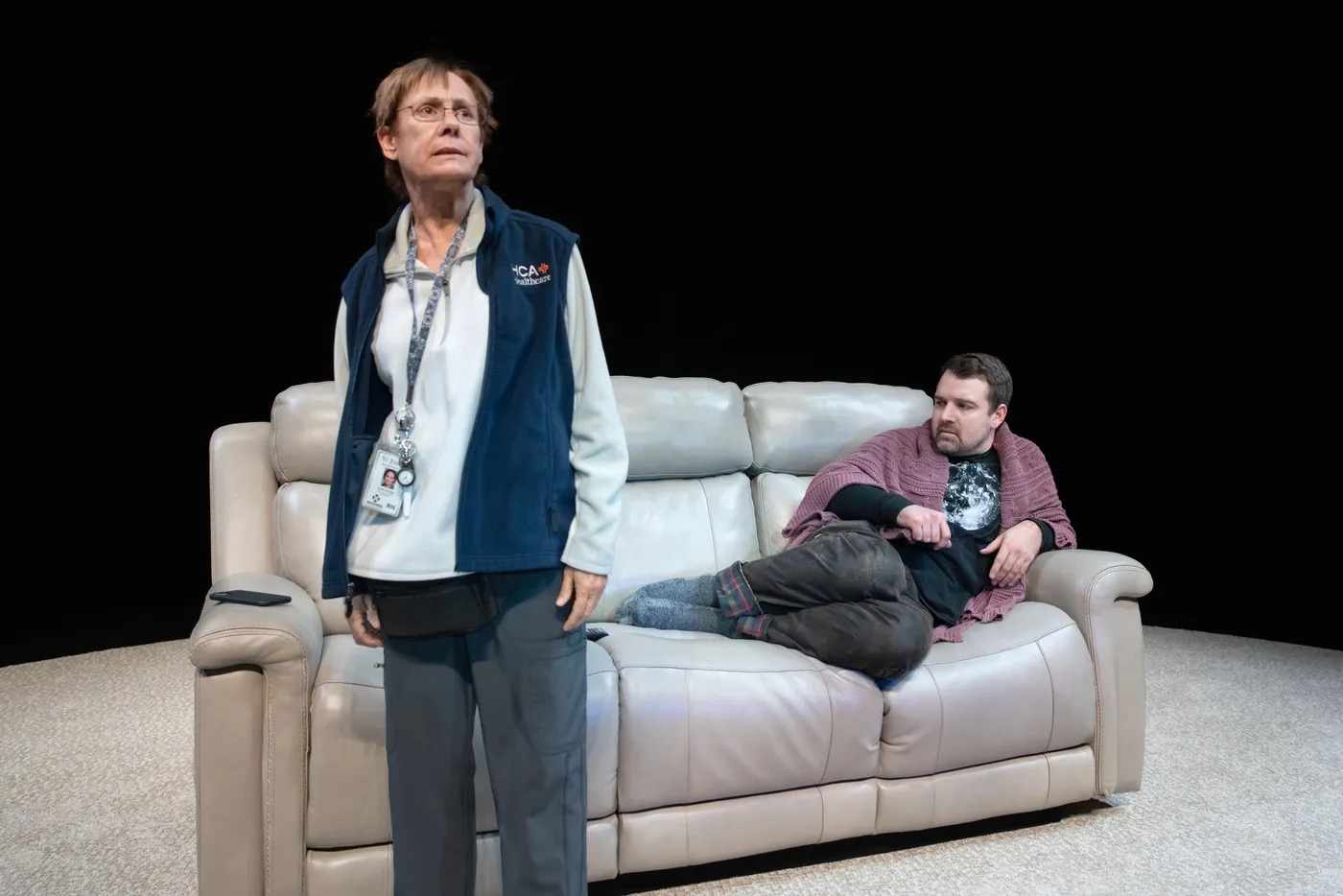


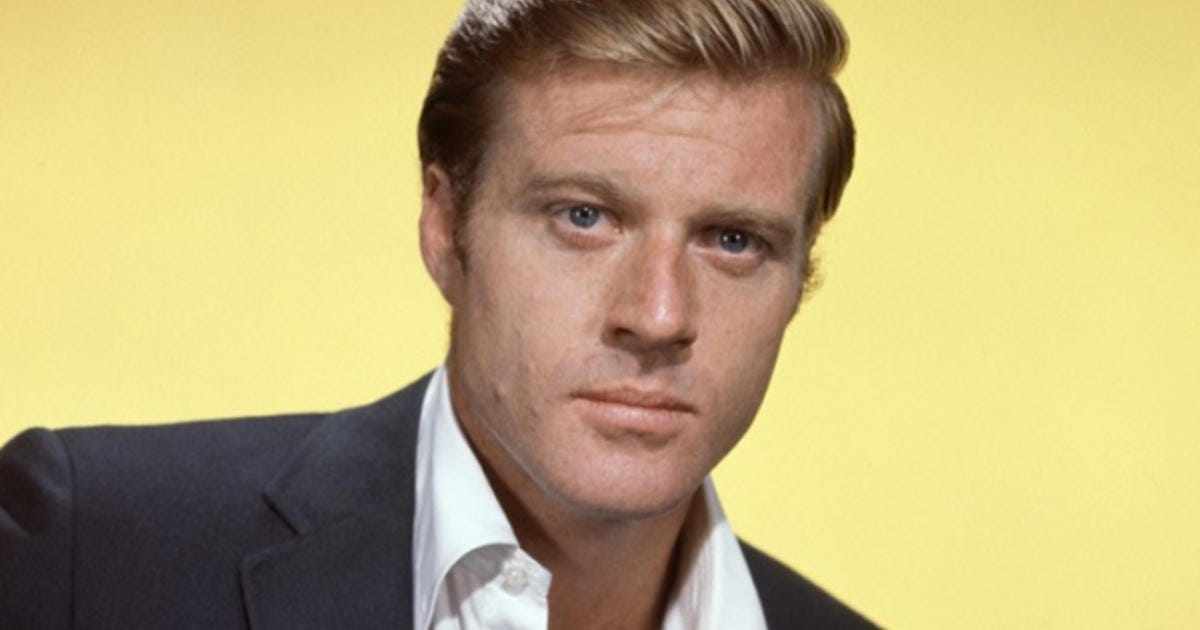
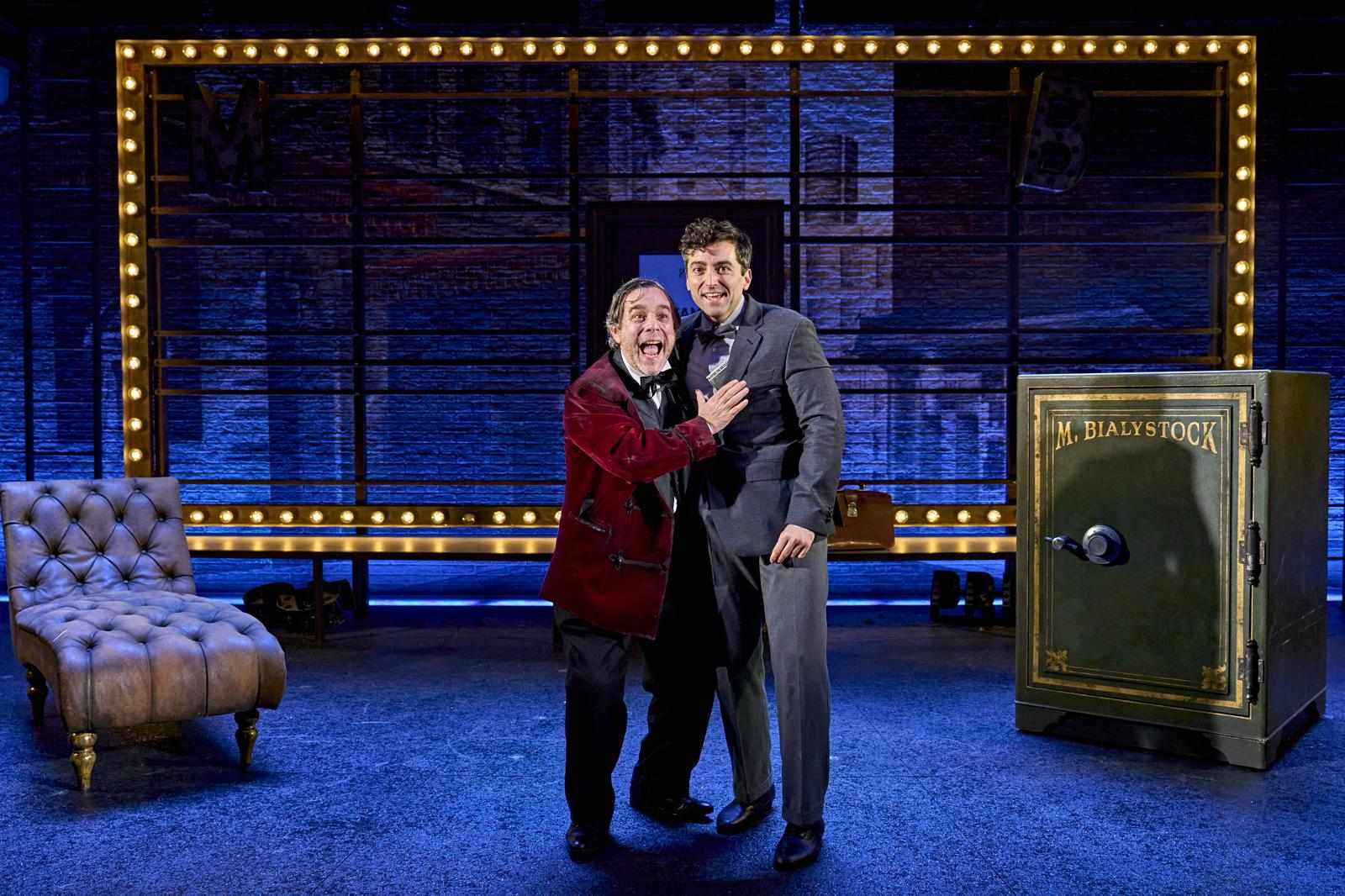
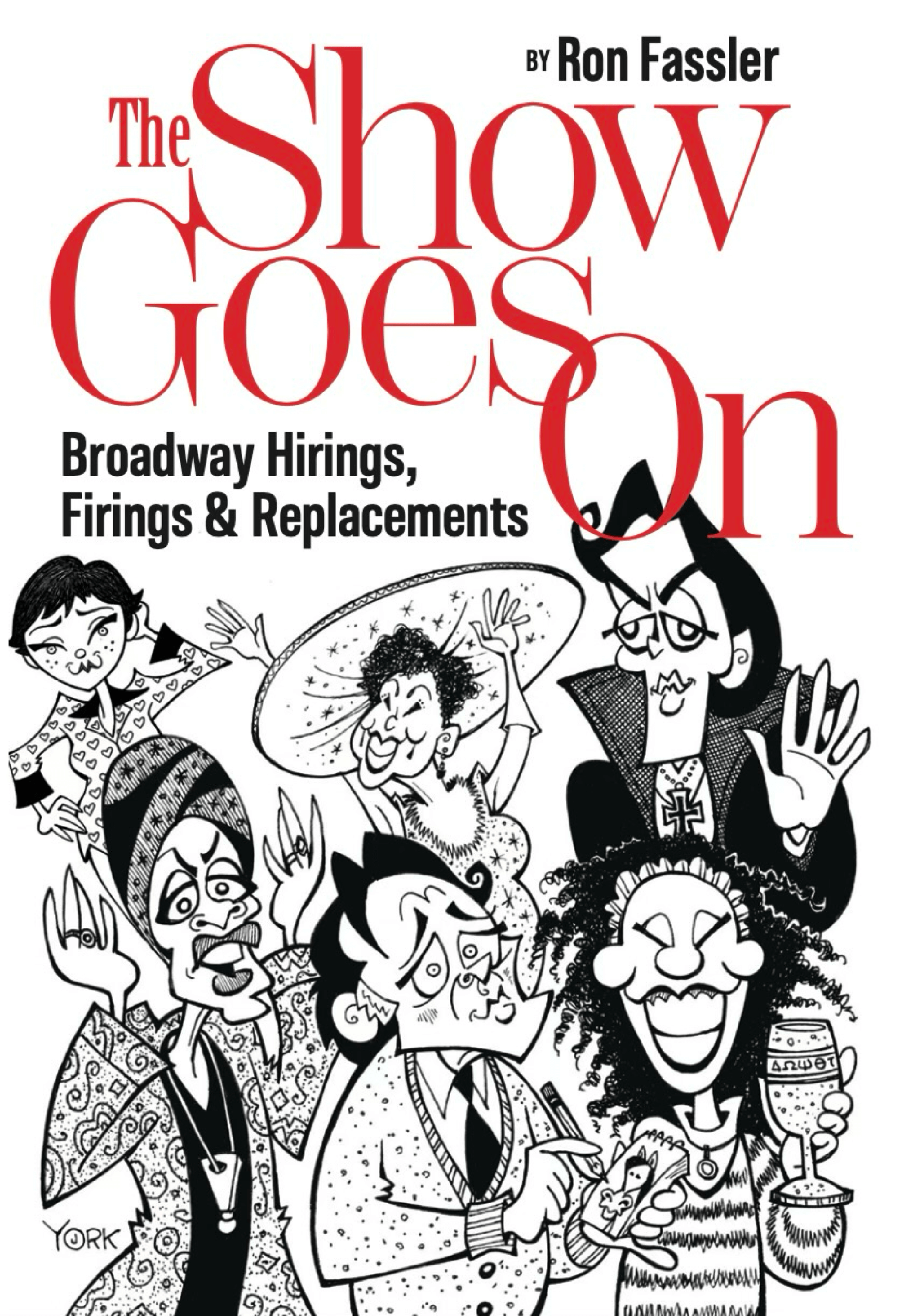

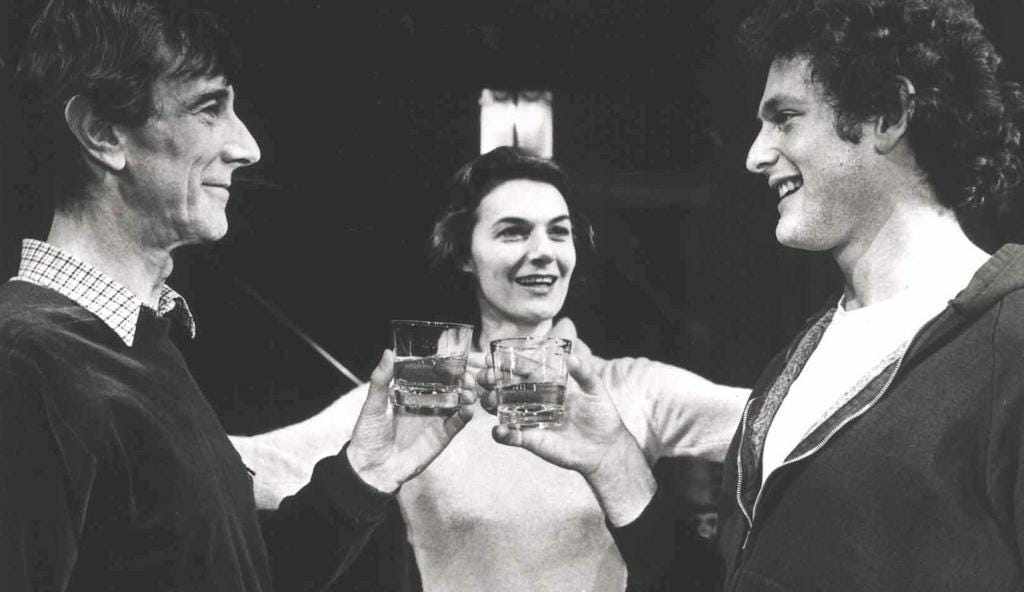





Write a comment ...